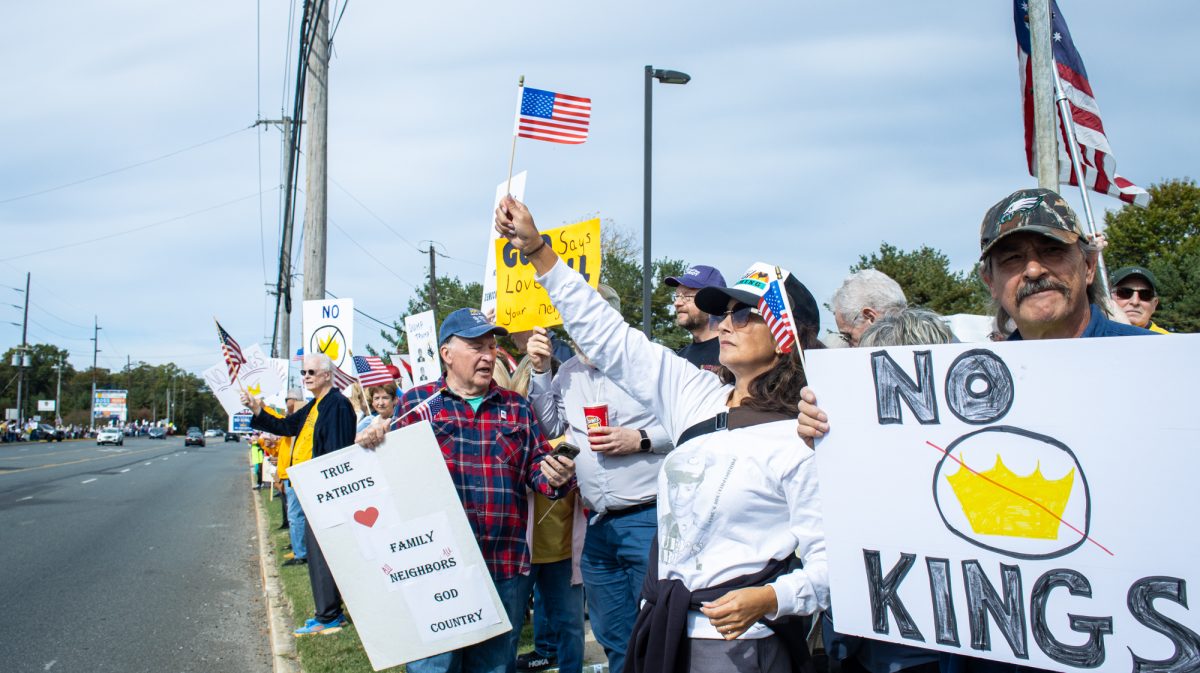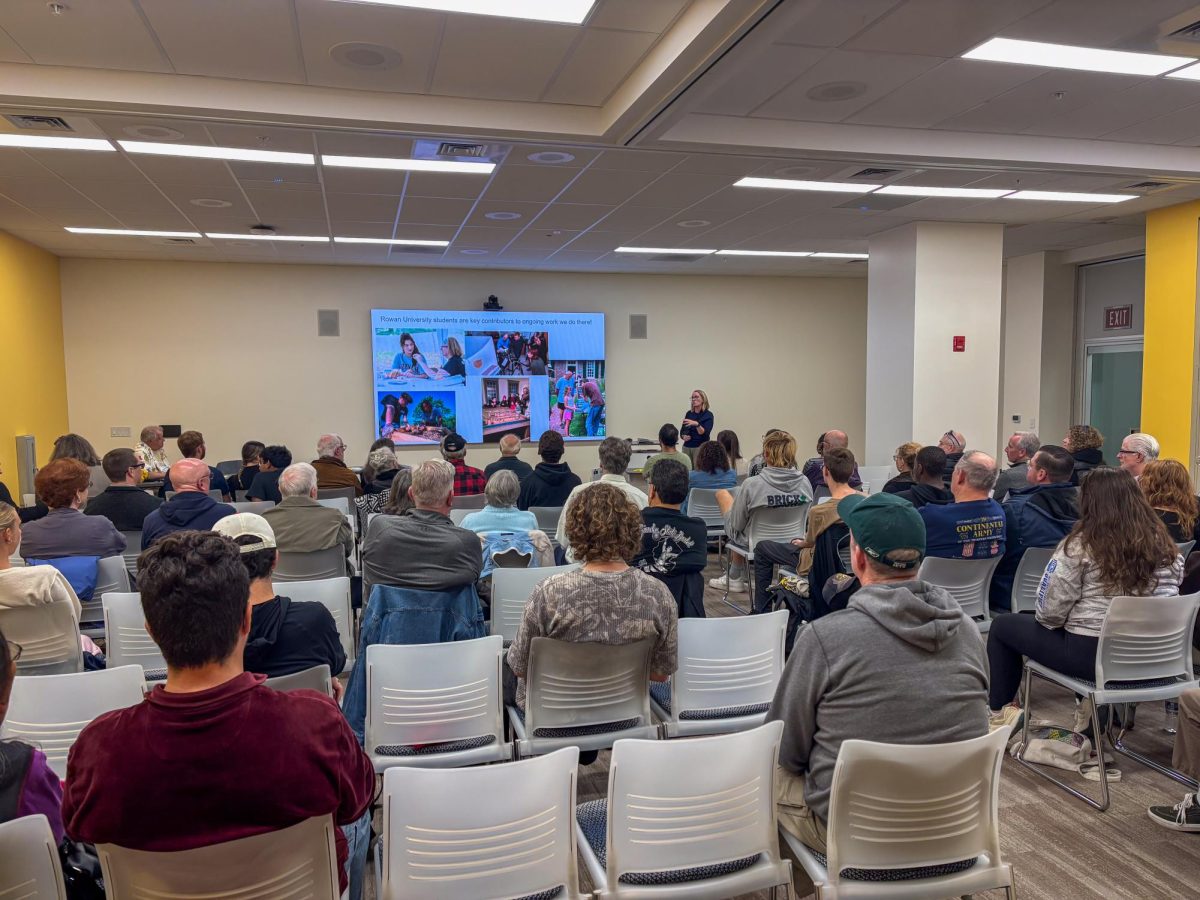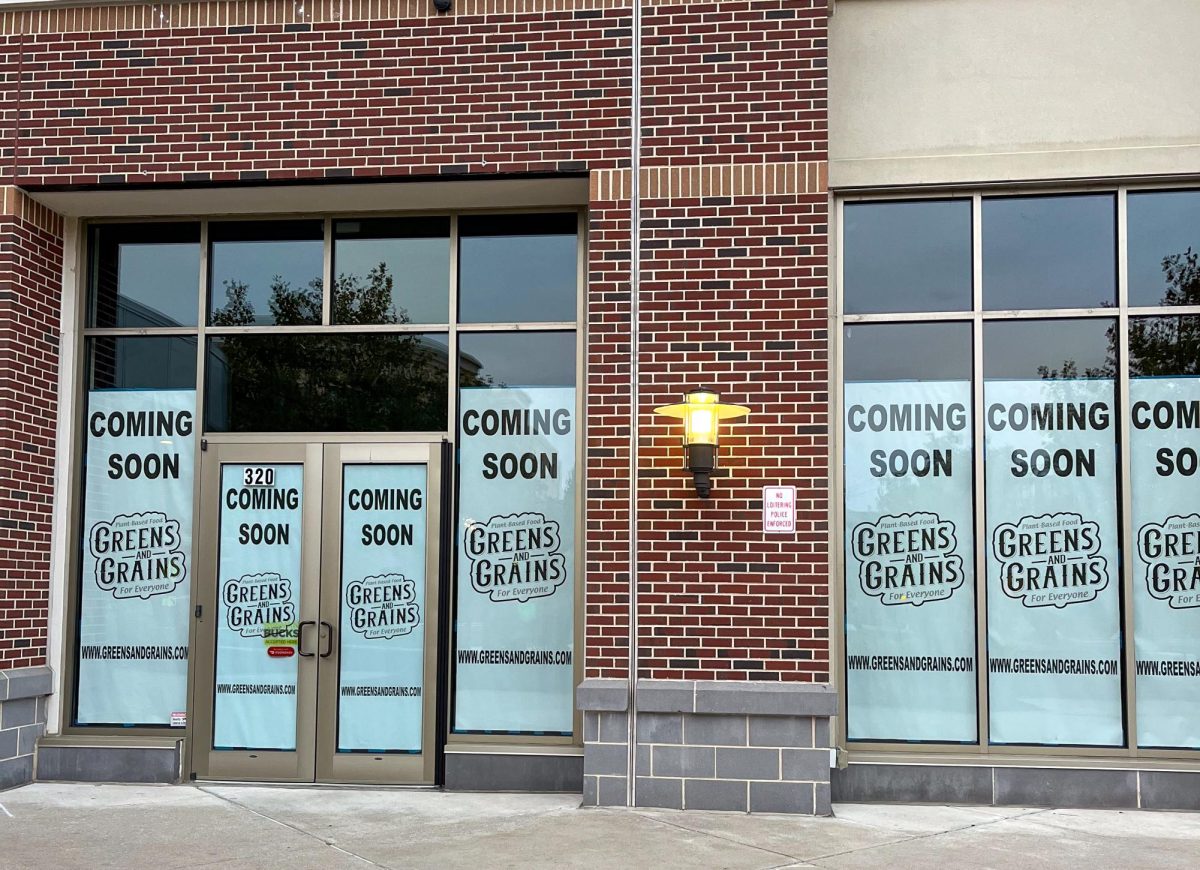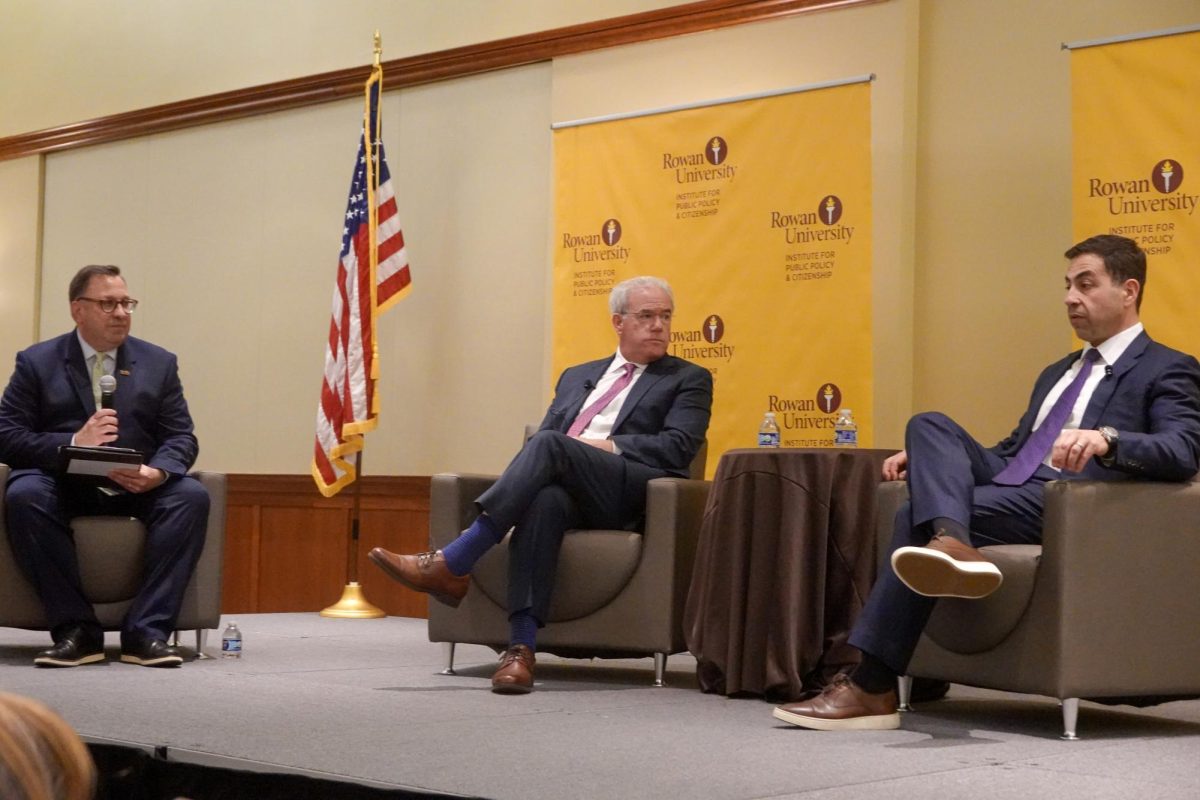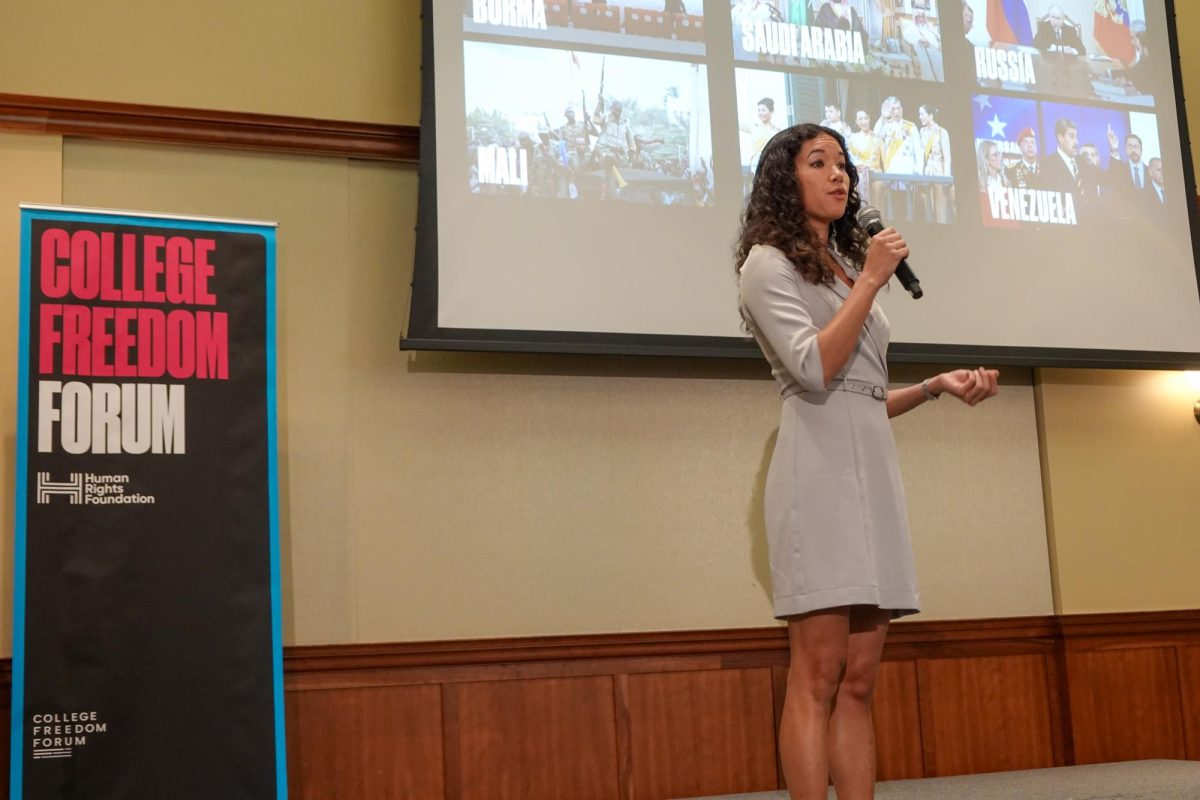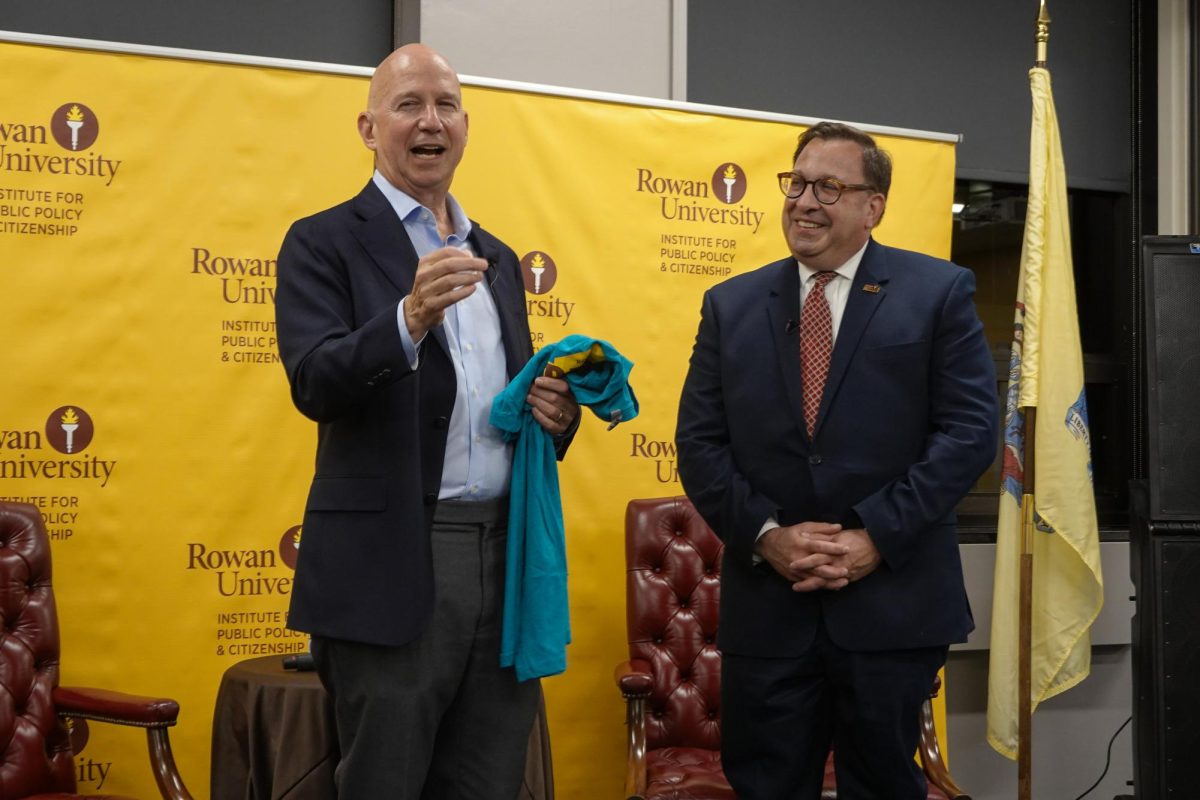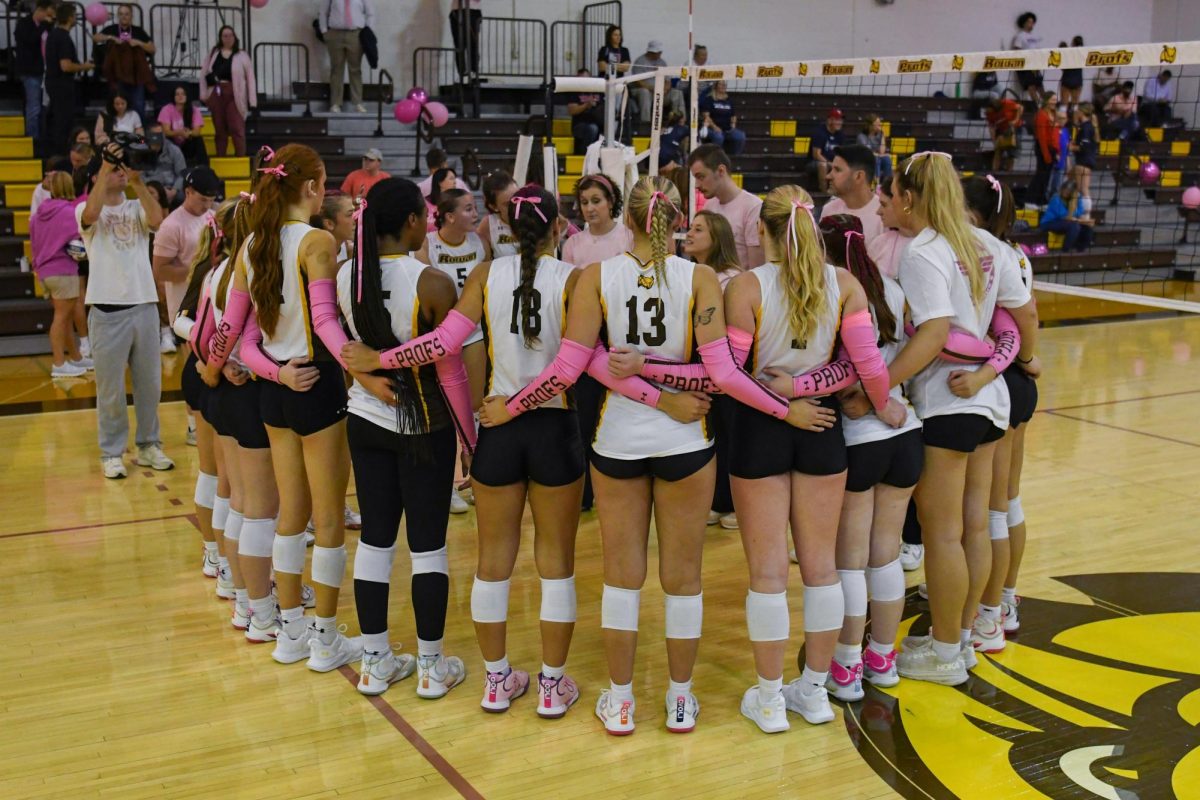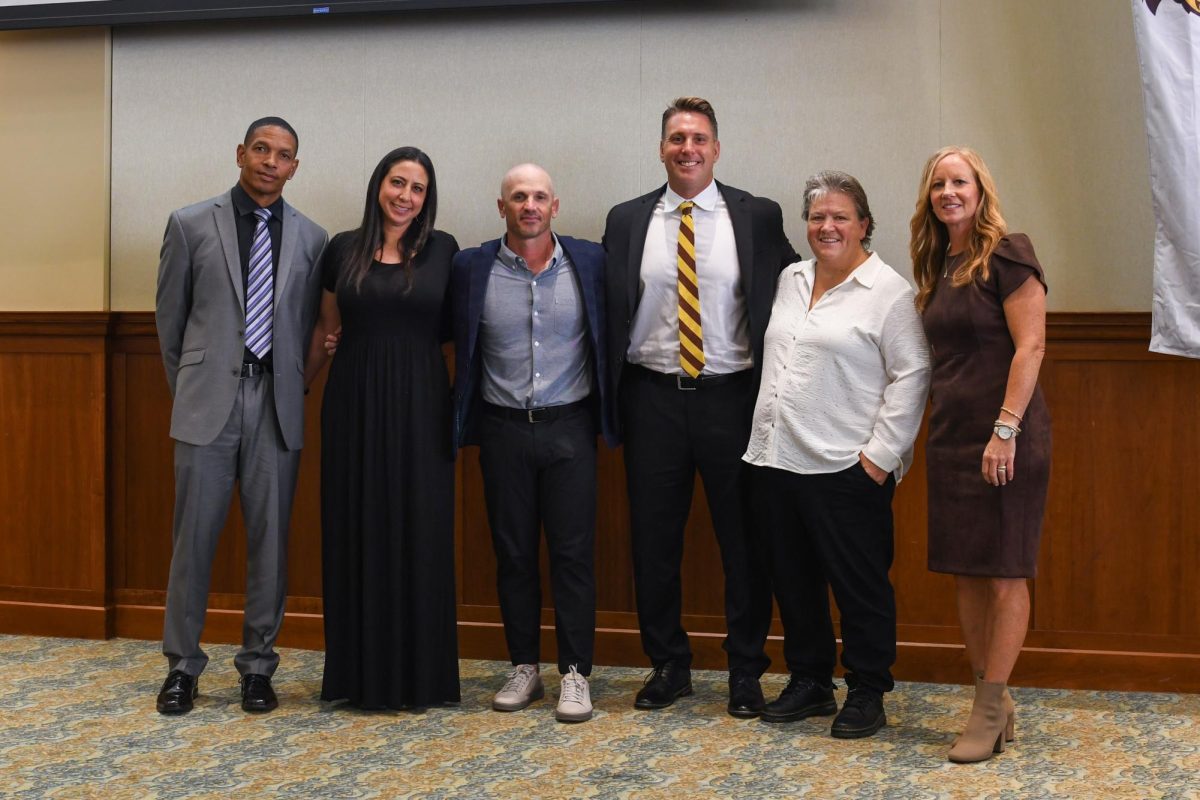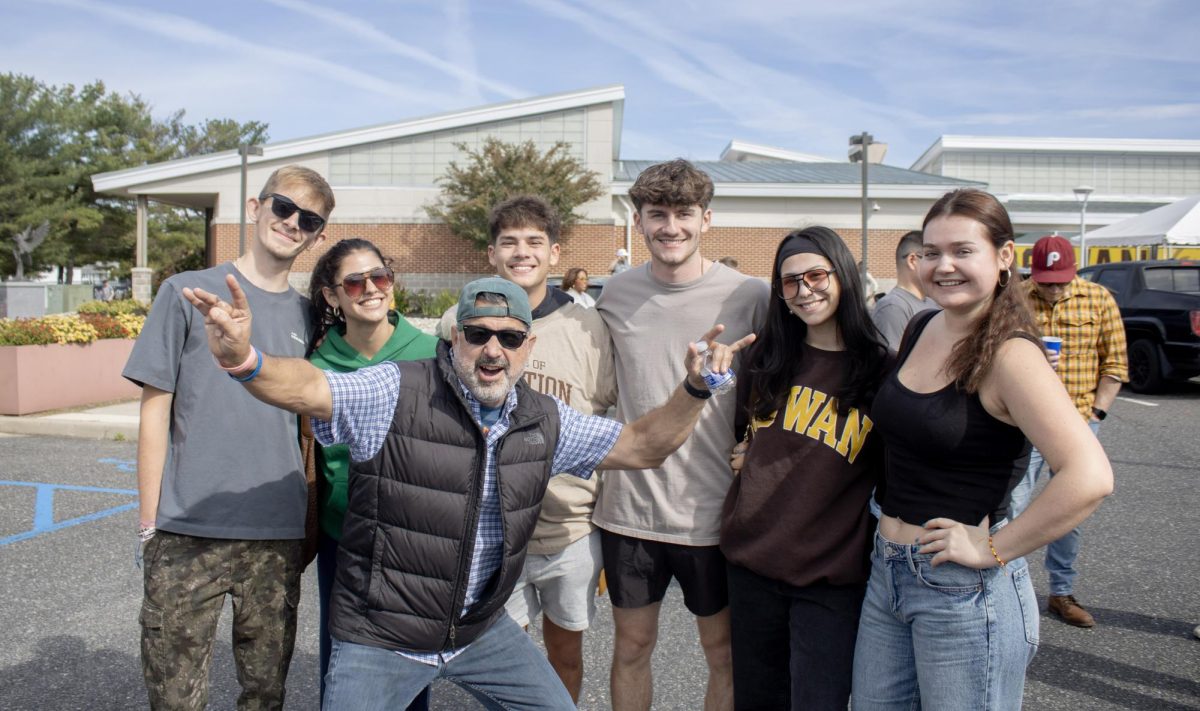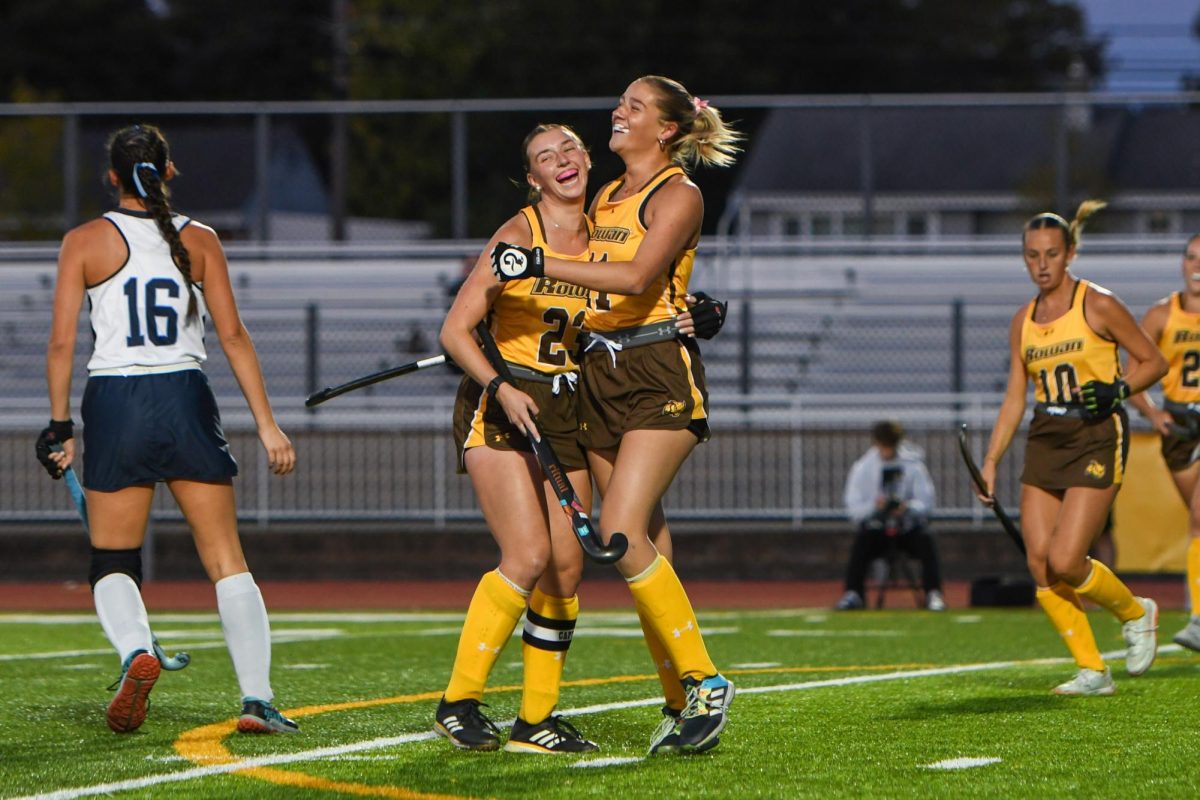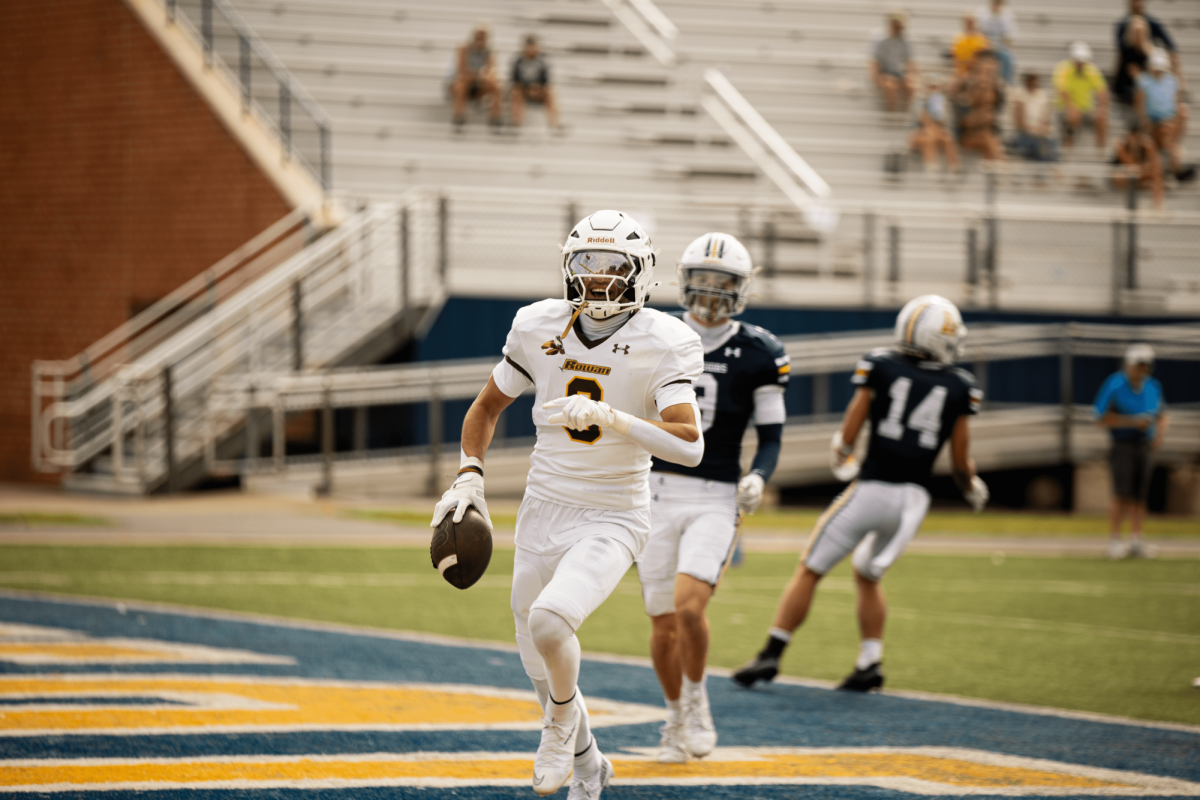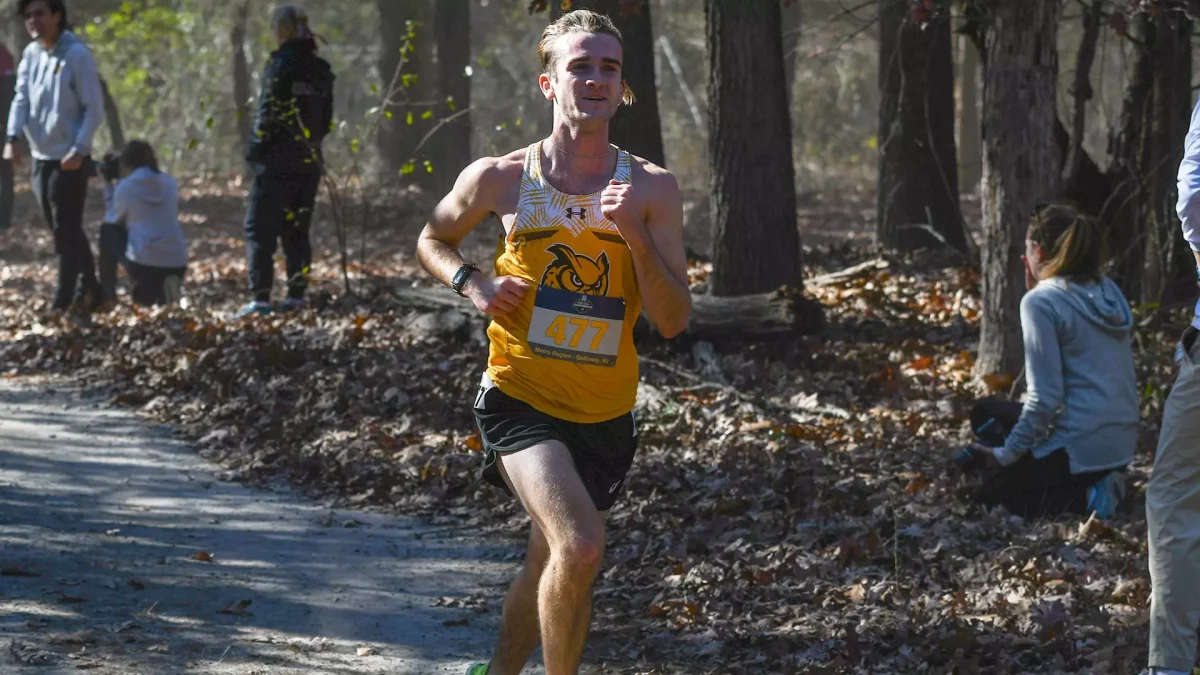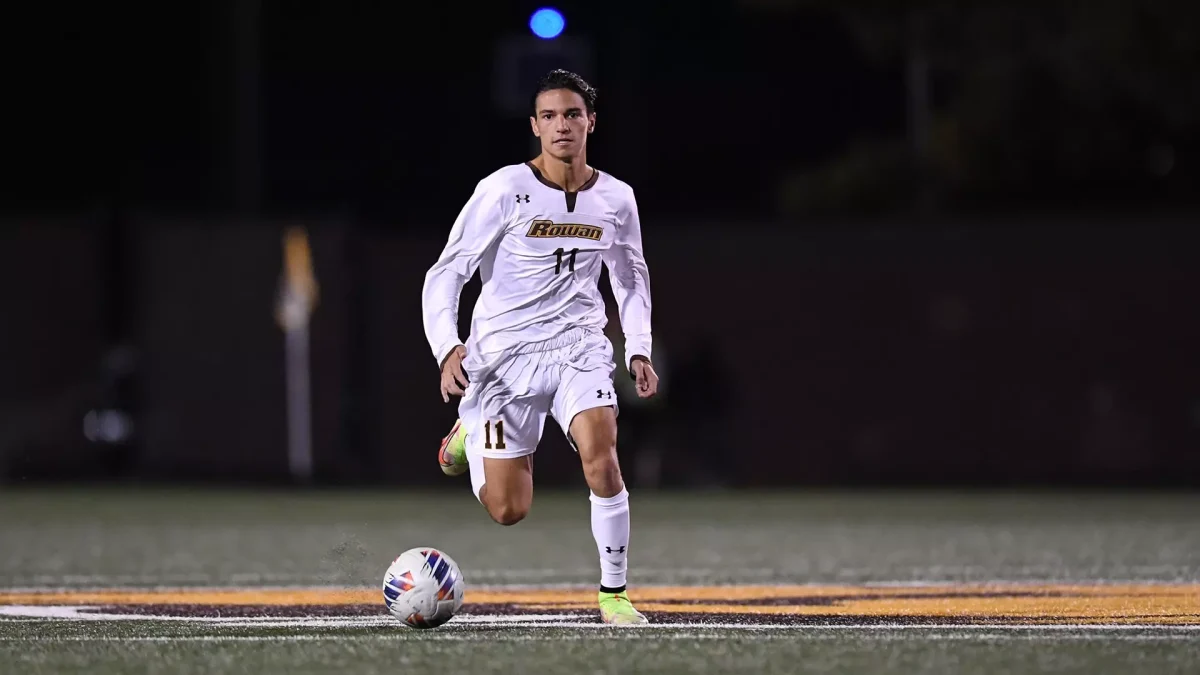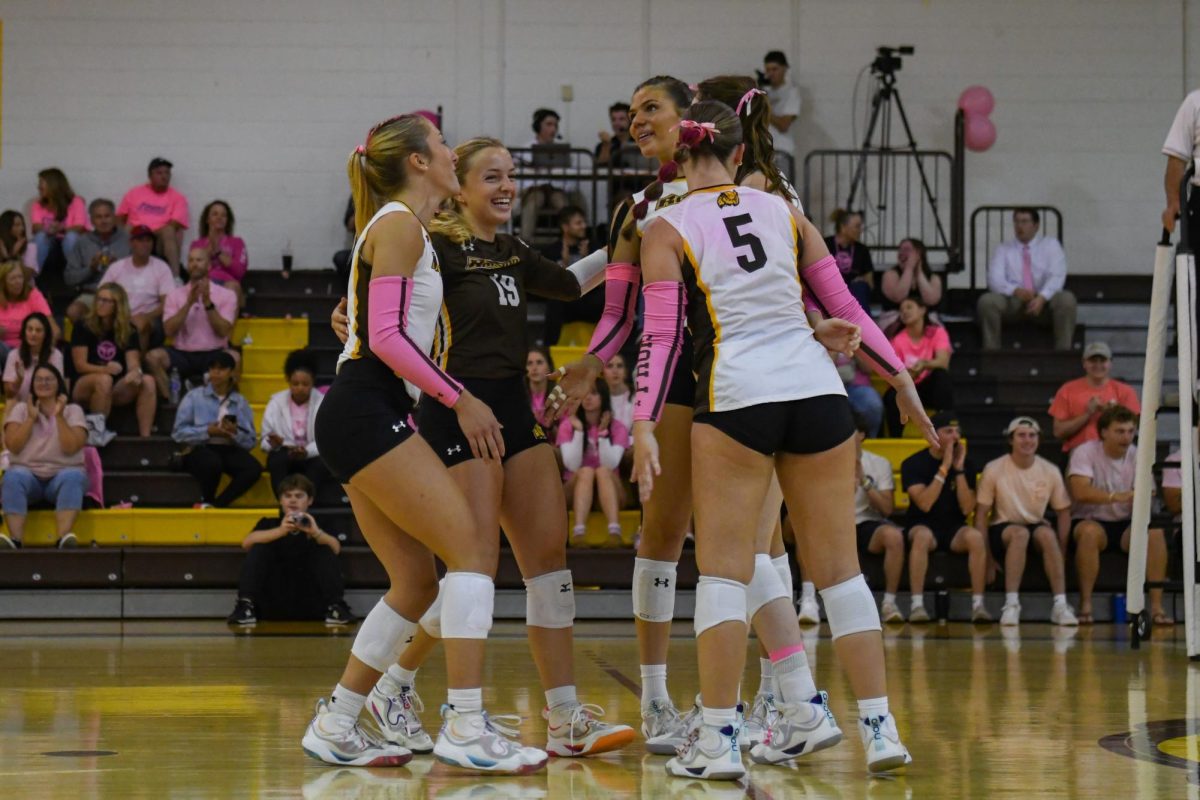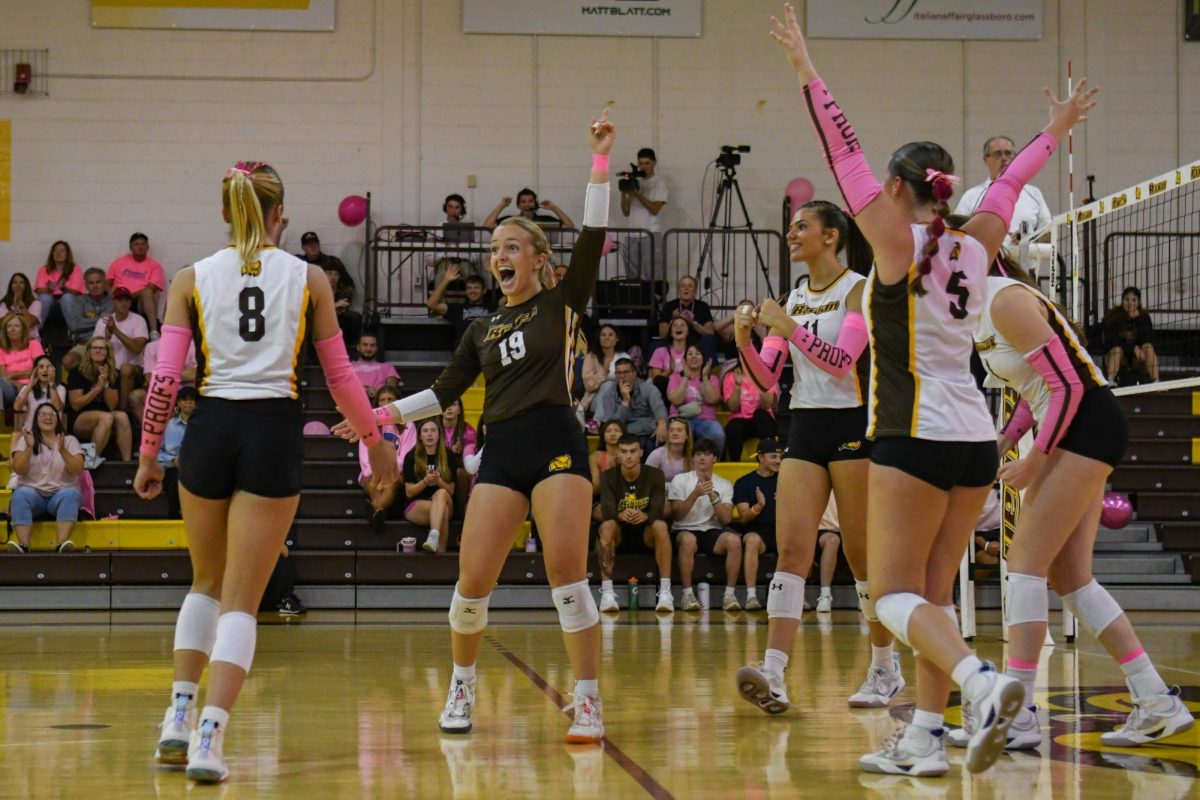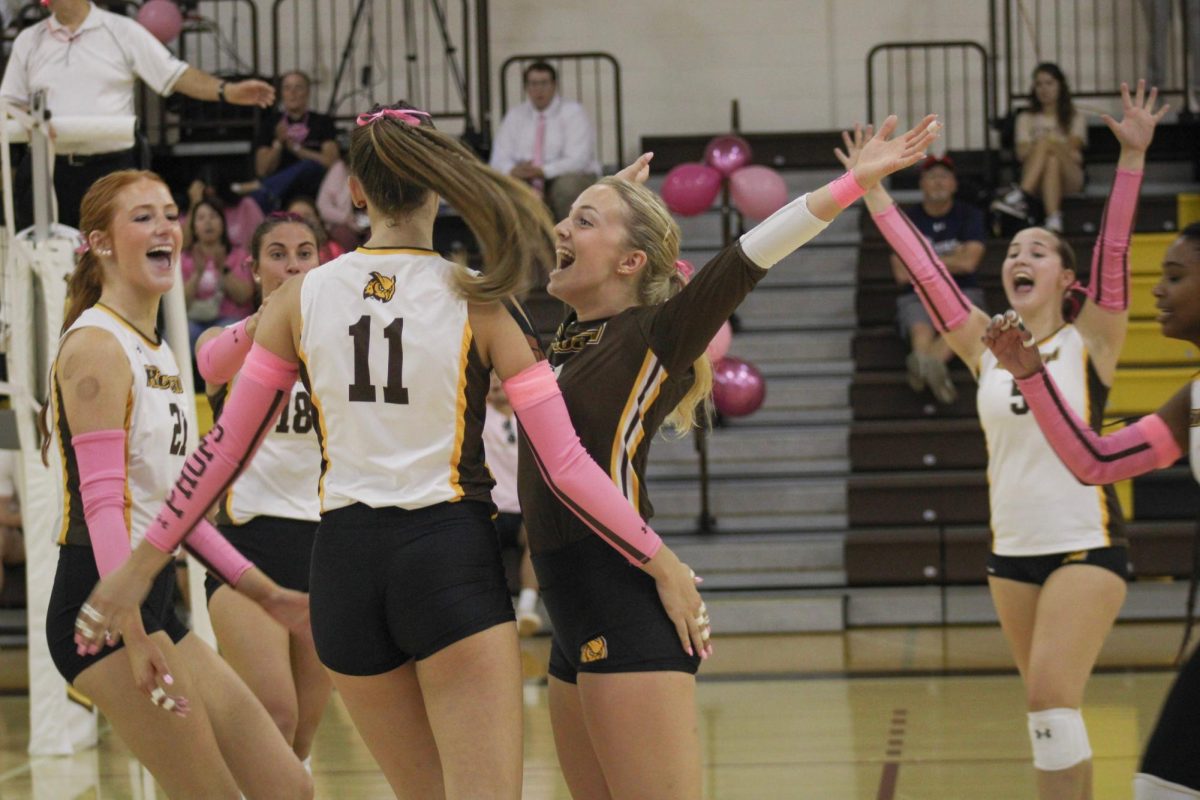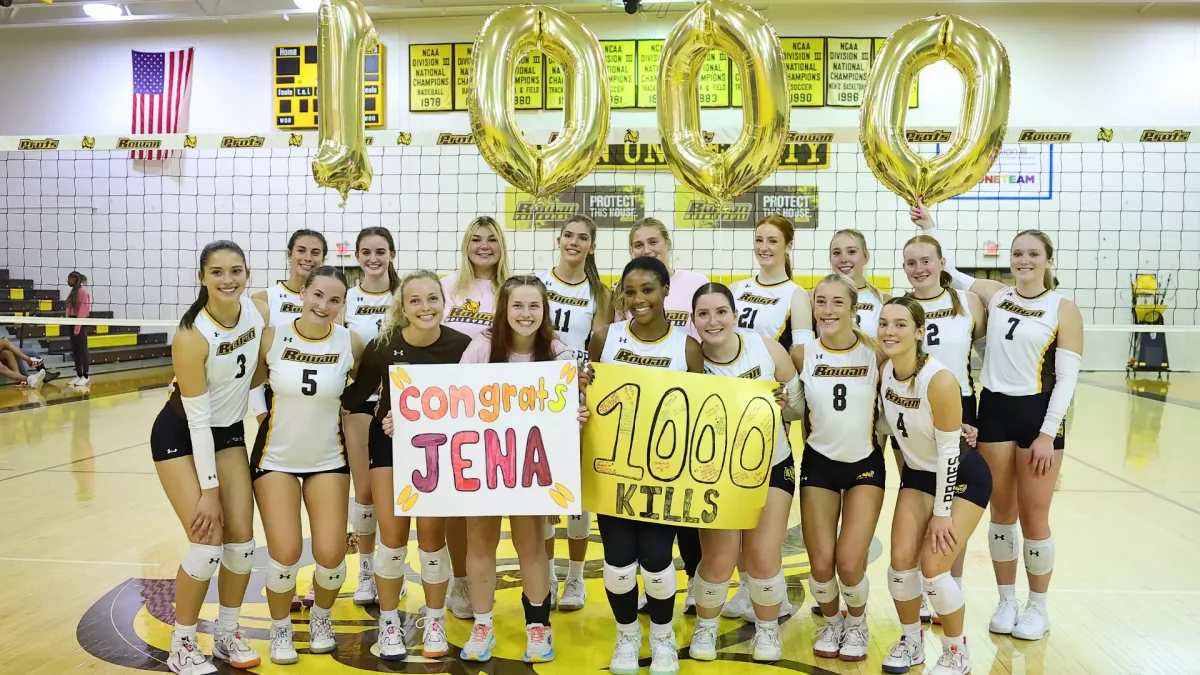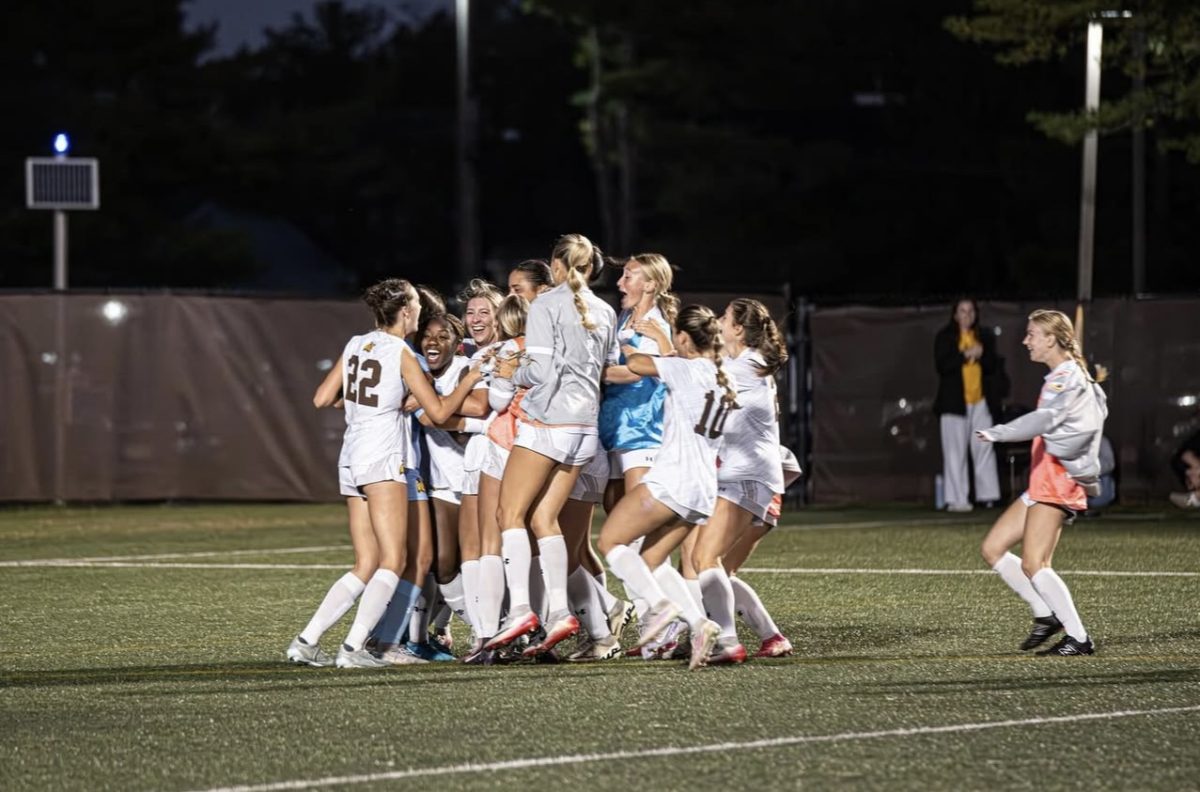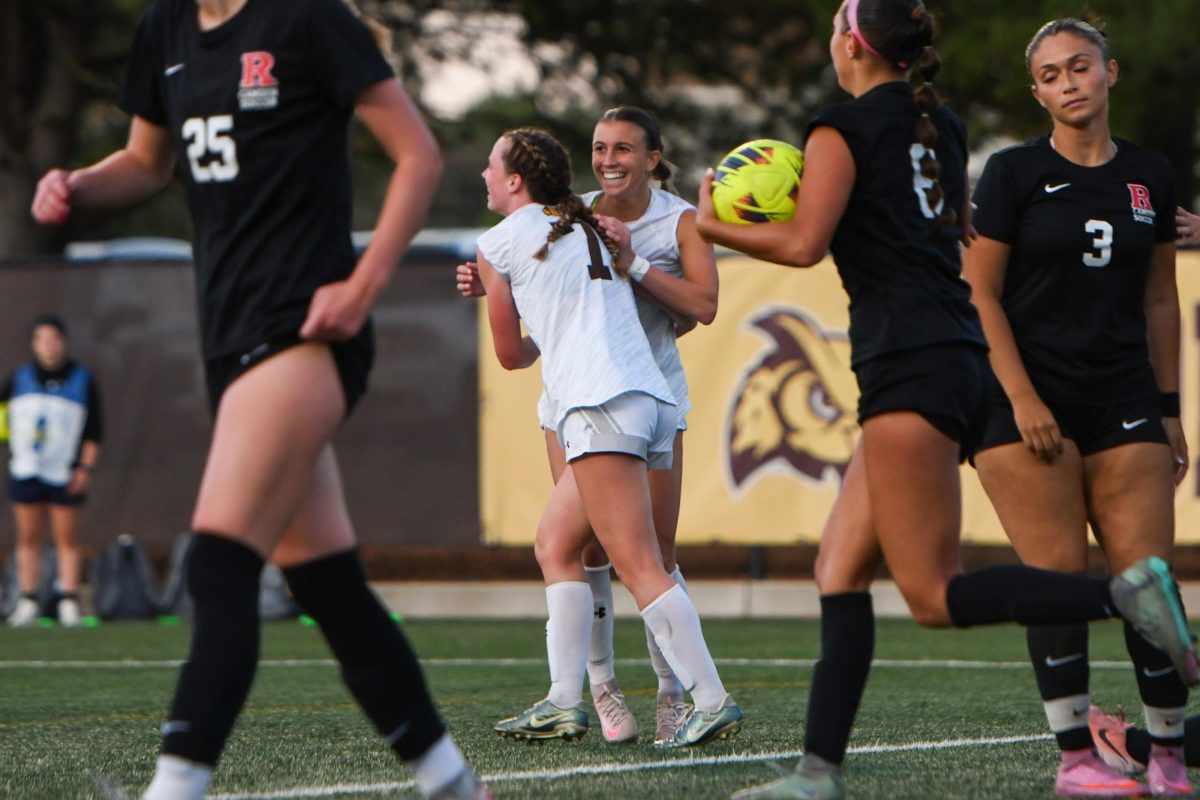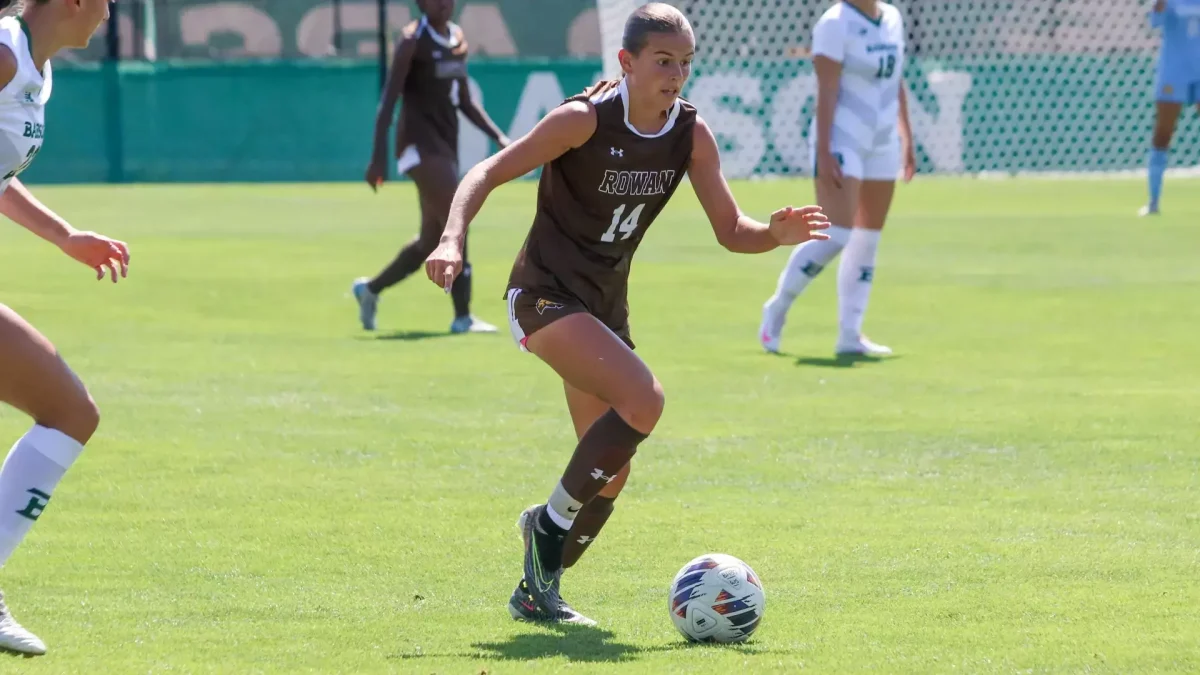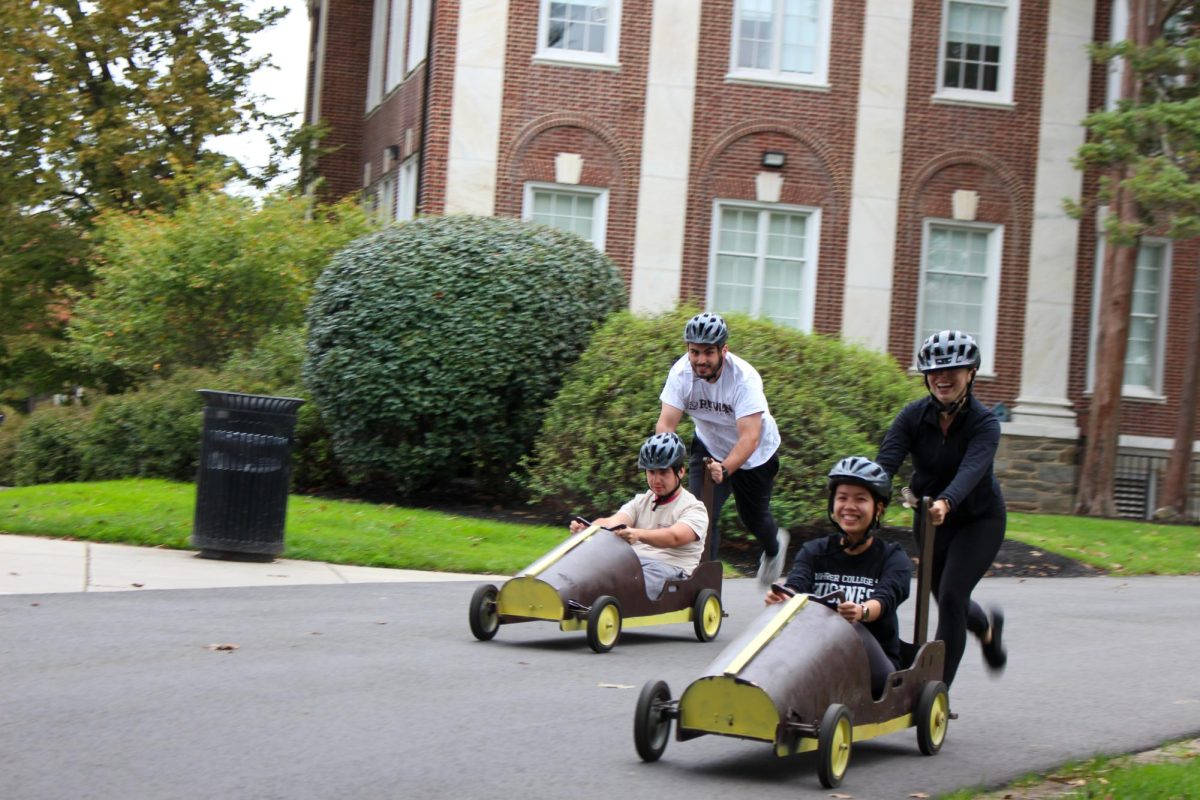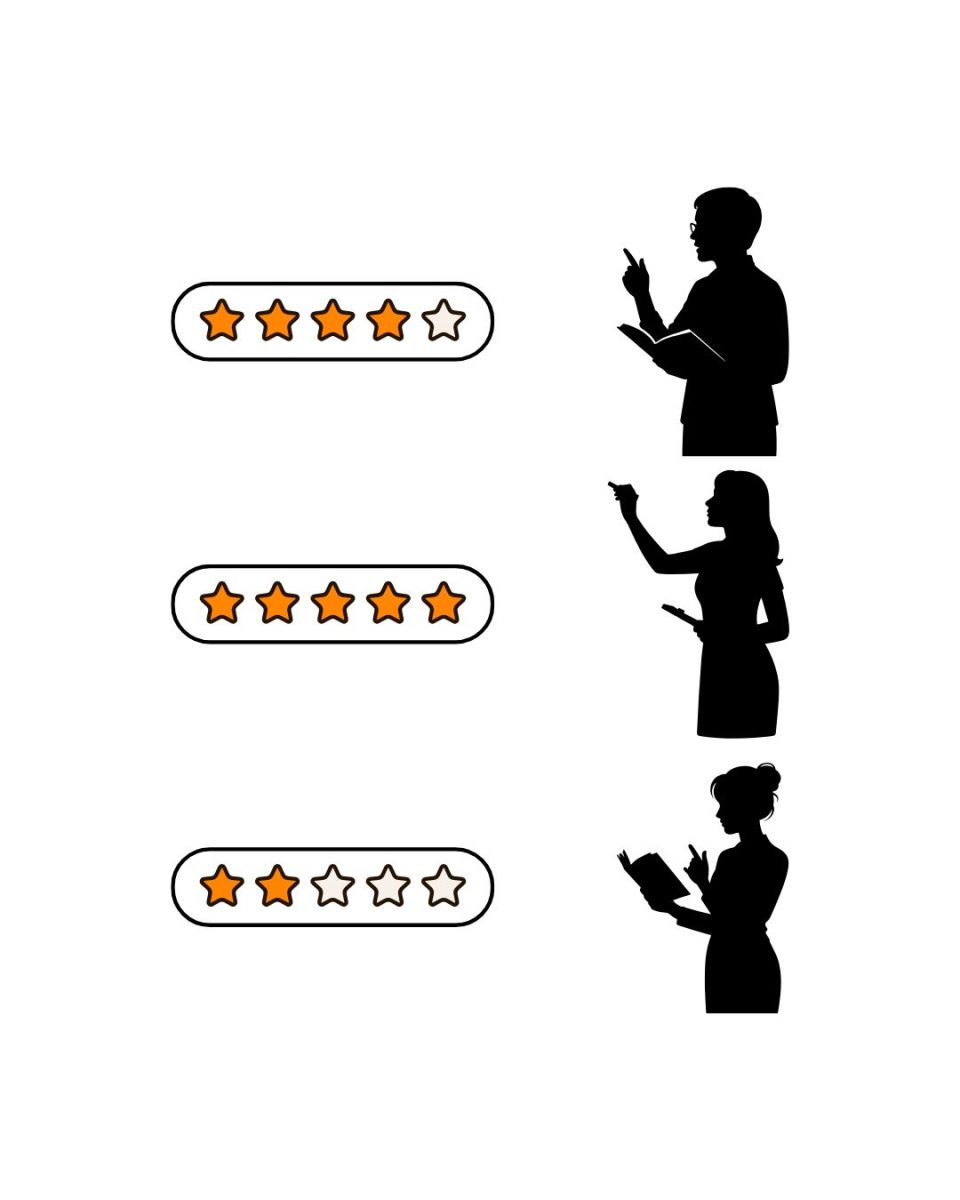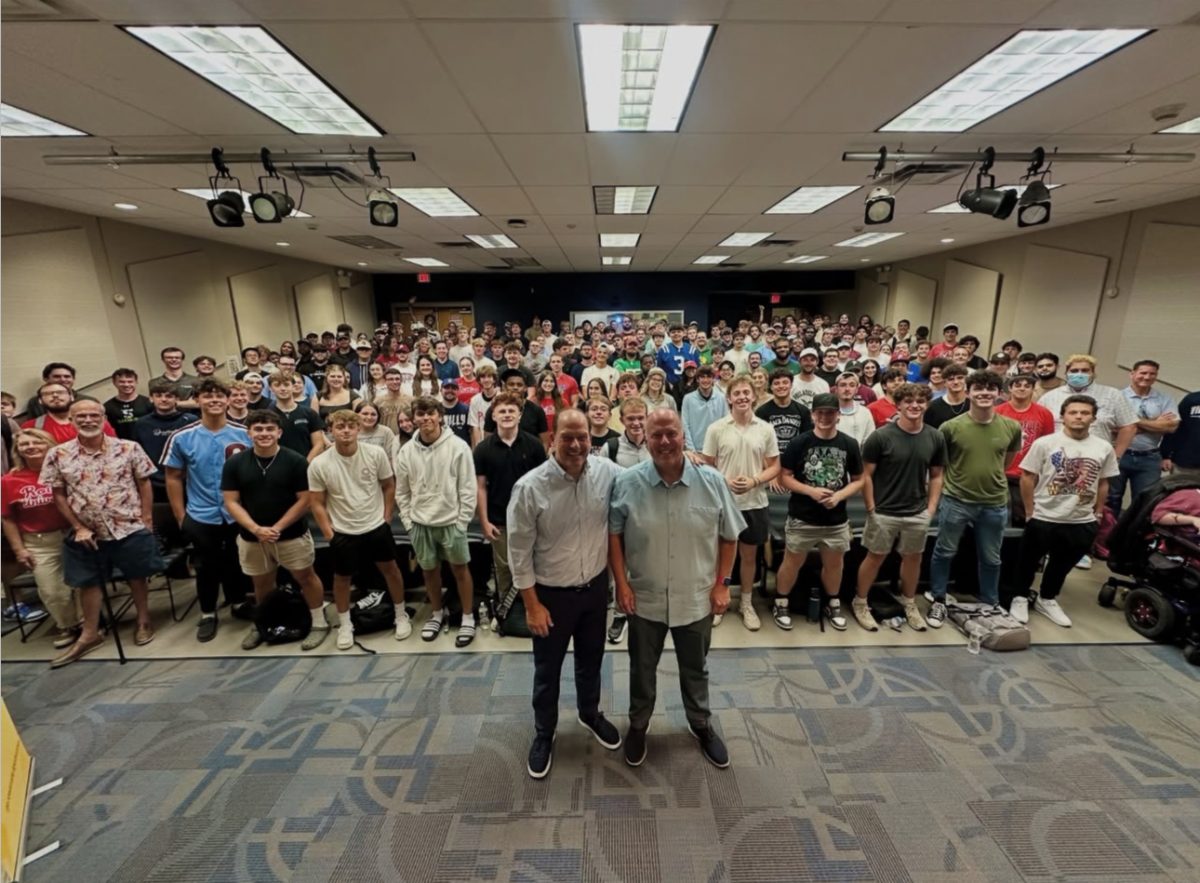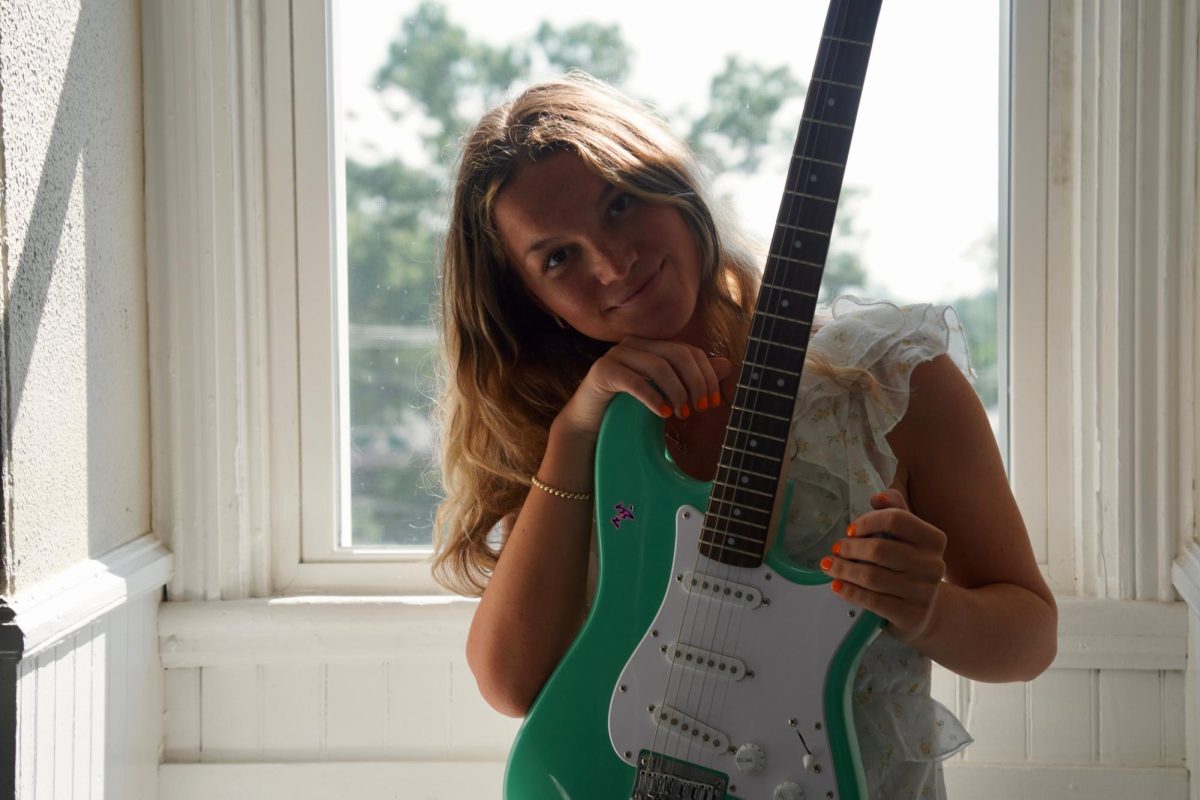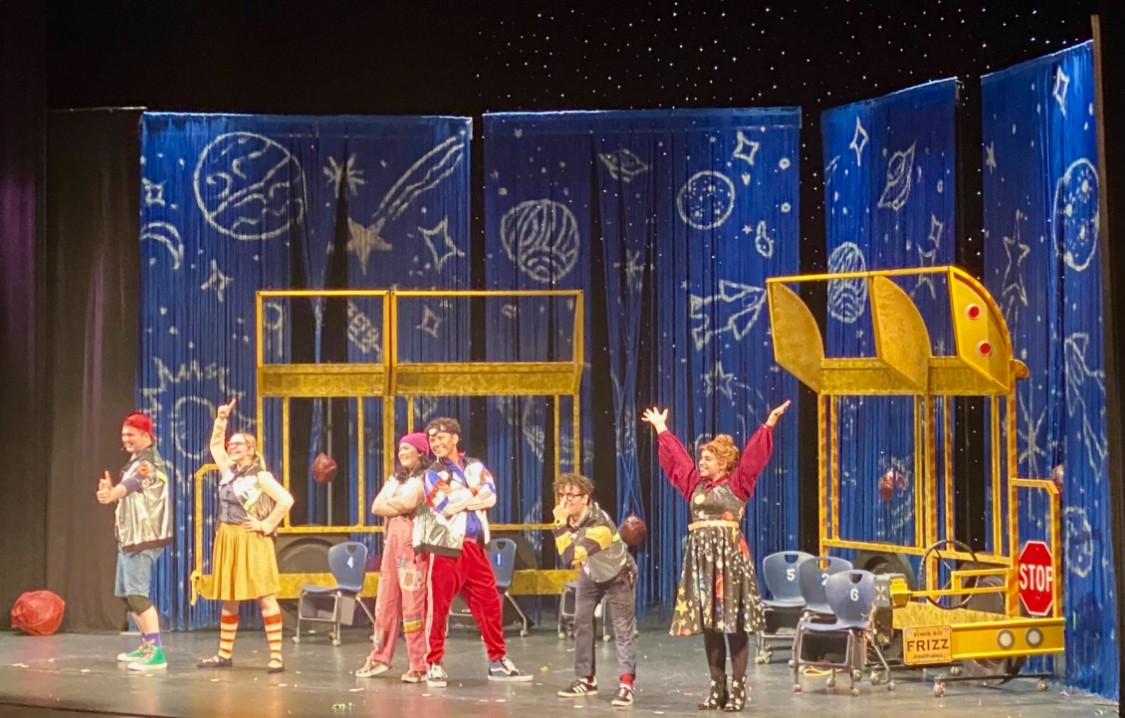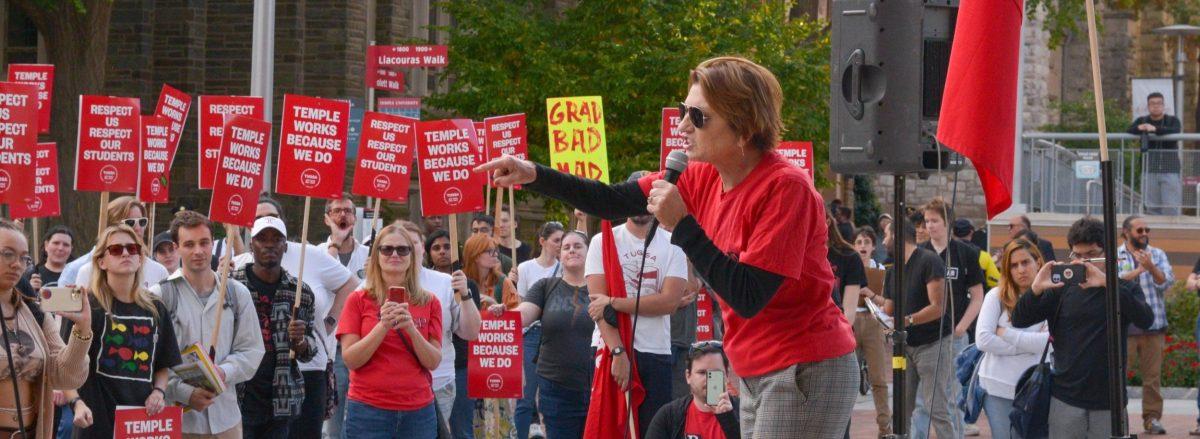Seven hundred and fifty members of the Temple University Graduate Students Association (TUGSA) went on strike on Tuesday, Jan. 31, after negotiating for over a year on a new contract with the union looking for an increase in compensation and healthcare insurance family plans.
The university in response has taken away students’ health insurance and forced students off of payment plans forcing them to pay full tuition by March 9, showcasing the ugly side of labor disputes.
In 2022 not only was there a rise of student academic workers going on strike, but The University of California saw 48,000 graduate student workers hit the picket lines in the largest demonstration of unionized student workers in US History.
The trend continues into 2023 with the Temple University strikes leaving the question of what impact it may have on schools in close proximity to them like Rowan University’s graduate school.
Currently, there is no graduate student union at Rowan. One of the reasons is because Rowan was primarily an undergraduate university until 2018 and the student population during the 2022-2023 academic year was only 2,921.
In the case of Temple University, the 750 members on strike represent graduate student teachers and research assistants pushing for better accommodations as adjuncts for the university. With Rowan’s graduate school, the majority of students enrolled aren’t used to teaching in the classroom as the teaching population is very small.
The Dean for the school of graduate studies, Dr. Tabbetha Dobbins knows it’s imperative that as the student population grows to have proper avenues for students to advocate for their needs.
“I would say, as the graduate school grows, the first thing that we want to do and we’ve already been doing is really making clear discussion pathways between the graduate students and the graduate school in leadership, whether the leadership is in their own college or school,” said Dobbins.
While there isn’t a current graduate student union, students are still represented under the umbrella of the Graduate Student Government Association (GSGA) which is headed by president Amit Dhundi.
“Right now we are the only body here on our campus to represent all the graduate students here. The full-time, the part-time, online courses and any other graduate student,” said Dhundi.
With the graduate student population just being south of 3,000, Dhundi, who became president of GSGA last May has been able to help students work through a variety of issues since starting.
Given the smaller population and the willingness to help from administrators such as Dobbins, he doesn’t feel as though there is a need for the current graduate students to begin unionizing.
“And also the culture right now on campus is that, you know, these issues like these, I don’t get to hear them a lot as the GSGA president here. The reason being that students are getting them resolved at their respective colleges or departments or something,” Dhundi said. “So initially, I was wondering what’s happening, but then I realized, you know, I socialize a lot with grad students that they do get resolved. And in cases when students don’t know what to do, or whom to approach, they come to me and I set a path for them. Like who to reach out to and in most cases the administration reaches out to students… so looking at this culture I don’t think any unionization is happening at all.”
With or without a union, Dobbins still wants to see the small population of students enable one another by coming together under a common goal.
“My personal opinion is that we want to make sure that all of those students are cohorted together. We have social media accounts for them to follow so that they can see who each other are as well as we can get out and give information to them. So those are the kinds of ways that I think it’s important for the students to engage with each other,” Dobbins said. “Understand each other’s experiences and then when they understand the cross-campus experience to actually be able to have a pathway to communicate their concerns and needs to administration.”
Jenn McGraw, who graduated last year with a bachelor’s degree in Public Relations along with minors in journalism and sports communication and media, is currently pursuing her master’s in Television studies, outlined some contrasts between the two.
“I feel like one thing that stuck out to me the most during my time here is the difference between being an undergrad and a graduate is– you kind of feel like you’re on your own, so to speak. You don’t get as much financial aid, some of the services at the Wellness Center aren’t as open for you. So for the most part, like yes I feel like my needs are met while I’m at Rowan, but I also feel like at the same time, it’s definitely a lot different once you take that leap to become going from undergrad to graduate,” said McGraw.
Another challenge that graduate students often face is having to work and attend class at the same time.
Recent graduate Caroline Dillon is pursuing a master’s of science in secondary education through Rowan’s 4+1 program and spends eight hours a day, five days a week, in the classroom this semester without being paid.
“I would love it if we got paid for student teaching. I work three to four times a week, most days being immediately after student teaching until 9:30– 10 p.m. I wouldn’t ask for too much money, but minimum wage would be ideal. I think it would benefit anyone student teaching so that they can focus on one thing at a time, rather than working a part-time job,” said Dillon. “After all, we’re essentially playing the role of a teacher for many months and it’s draining practically working two jobs. Even my students were shocked when I told them I don’t get paid to student teach.”
For comments/questions about this story tweet @TheWhitOnline or email [email protected]

